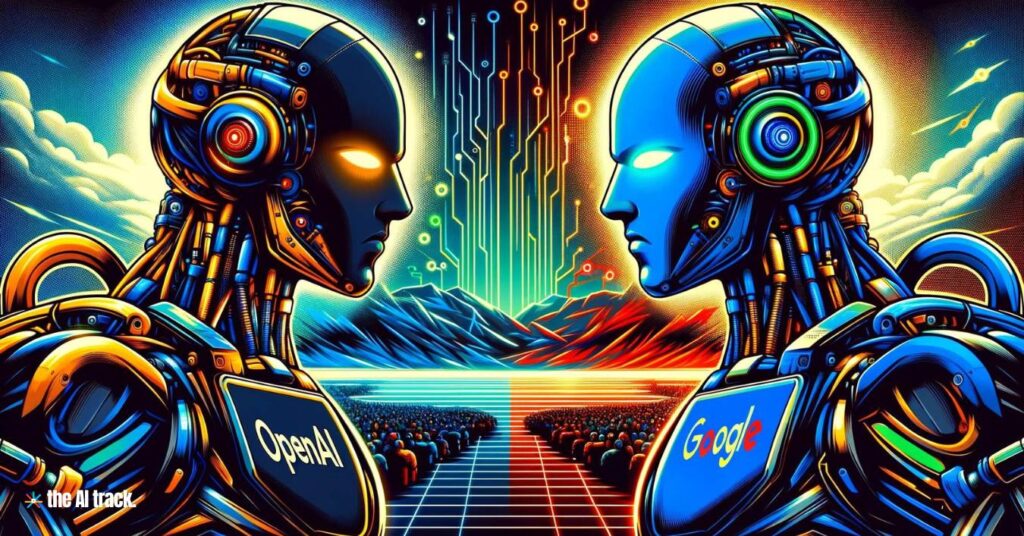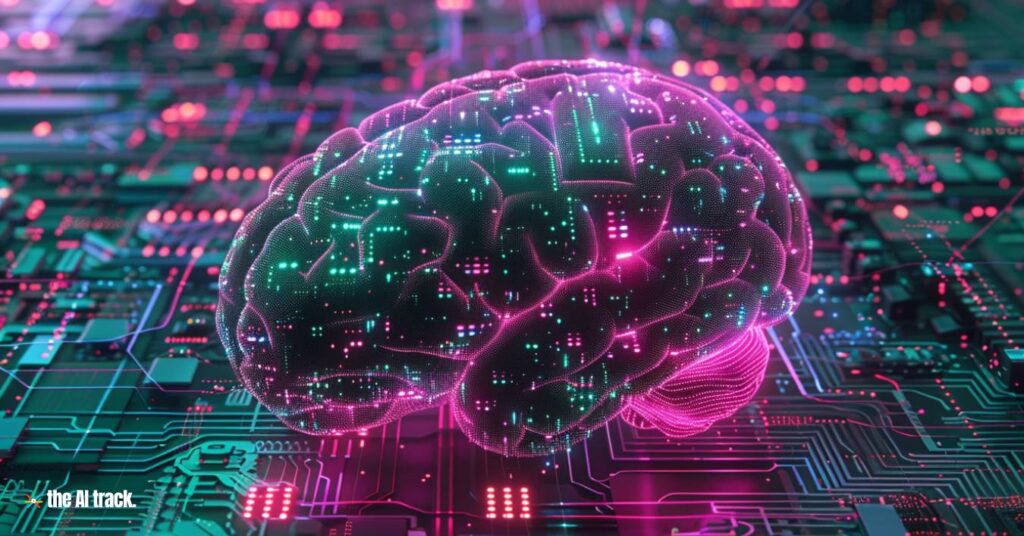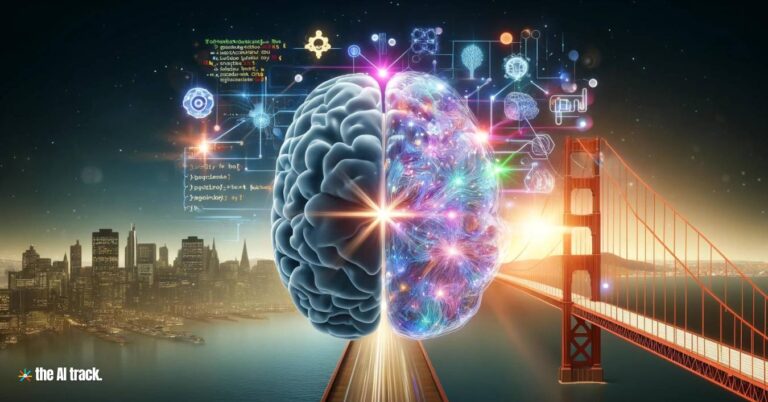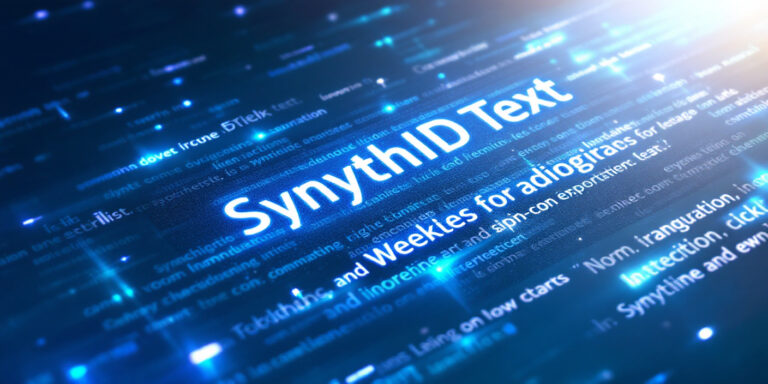How GPT-4o is Setting New Standards in the AI Models War and What it Means for the Future of Technology
The battle for AI supremacy has reached a fever pitch, with tech titans OpenAI and Google locked in an intense rivalry over the latest advancements in AI models.
OpenAI’s recent unveiling of GPT-4o, a groundbreaking multimodal AI model, has sent shockwaves through the industry. Meanwhile, Google’s AI strategy revolves around its Gemini model, which continues to evolve and integrate across the company’s vast ecosystem.
This fierce competition is pushing the boundaries of what’s possible with artificial intelligence, shaping the future of how we interact with technology.
Jump to Sections
Subtitle

Background on Competitors
OpenAI’s Evolution
Founded in 2015, OpenAI has rapidly evolved from a research-oriented startup into a pivotal player in AI technology. With a mission to ensure that artificial general intelligence (AGI) benefits humanity, OpenAI has consistently delivered cutting-edge AI models that have disrupted the industry. From GPT-3, one of the largest language models at the time of its release, to the wildly popular ChatGPT, OpenAI has demonstrated its prowess in natural language processing and conversational AI.
The release of GPT-4o marks a significant milestone in their journey, setting new standards for AI capabilities.
Google’s AI Initiatives
Google, the tech giant known for its dominance in the search engine market, has been aggressively pursuing AI advancements to maintain its leadership position.
With its vast resources and talent pool, Google has been developing its own AI models and integrating them across its suite of products and services. The company’s Gemini model, a large language model trained on a vast corpus of data, has been a cornerstone of Google’s AI strategy.
Their recent developments aim to integrate AI more deeply into everyday applications, maintaining their competitive edge in the industry.

In-Depth Comparison of AI Models
OpenAI’s Breakthrough with GPT-4o
In a move that has sent shockwaves through the AI community, OpenAI introduced GPT-4o, a revolutionary AI model that sets new standards for real-time multimodal integration. The “o” in GPT-4o stands for “omnidirectional,” signifying its ability to seamlessly process and generate text, audio, and visual data simultaneously.
GPT-4o: Key Features and Capabilities
GPT-4o boasts impressive capabilities that surpass its predecessors:
- Multimodal Integration: Combines voice, text, and visual inputs for seamless interaction.
- Real-Time Responses: Responds to audio inputs in as little as 232 milliseconds, enhancing conversational AI.
- The model’s advanced voice capabilities enable users to engage in natural conversations, interrupting and receiving real-time responses without delay.
- Advanced Image Analysis: Can interpret and describe visual inputs accurately.
- Accessibility: Available to both free and premium users, making advanced AI technology widely accessible.
User Experience and Accessibility
One of the standout features of GPT-4o is its user experience. The model can create emotive voice responses, solve math problems through camera input, analyze facial expressions, and provide real-time translation between languages. This level of interactivity and accessibility has never been seen before in an AI model.
To ensure responsible use, OpenAI is rolling out GPT-4o’s features gradually, with extensive safety measures in place. The text and image capabilities are available immediately, while the voice feature will be released in a limited alpha phase, starting with a small group of trusted partners.
Impact on the AI Landscape
GPT-4o’s real-time multimodal integration and advanced language support have set new industry standards, raising the bar for what’s expected from AI models. Its ability to process and generate data across multiple modalities in real-time is a game-changer, opening up new possibilities for seamless human-AI interaction.
As OpenAI continues to push the boundaries of what’s possible with AI, the company has firmly established itself as a leader in the field, challenging even the most established tech giants like Google.

Google’s AI Developments
While OpenAI has captured the spotlight with GPT-4o, Google is not resting on its laurels. The tech giant is doubling down on its AI efforts, centering its strategy around the Gemini model.
Overview of Gemini and Its Updates
Gemini is Google’s large language model, designed to enhance the company’s offerings across various products and services.
At Google I/O 2024, new iterations of Gemini were introduced:
- Document Handling: Gemini 1.5 Pro can process multiple large documents simultaneously.
- Integration: Embedded into Google’s suite of services, including Gmail, Docs, and Drive.
- AR Capabilities: Project Astra integrates AI with AR glasses for real-time, contextual interactions.
- Speed and Efficiency: Optimized for narrow, high-frequency tasks, offering quick responses for specific queries.
Integration into Google’s Ecosystem
- Google is aggressively integrating Gemini across its ecosystem, aiming to provide a seamless AI-powered experience for users.
- Key integration points include:
- Workspace apps like Gmail, Google Drive, Docs, Sheets, and Slides, where Gemini will assist with tasks like email summarization, enhanced reply suggestions, and in-depth search within content.
- Search: Google’s new ‘AI Overviews’ feature, powered by Gemini, provides AI-generated summaries and insights directly in search results.
- YouTube: Users can ask clarifying questions while watching educational videos, with Gemini providing personalized learning guidance.
User Feedback and Adoption Challenges
- While Google’s AI efforts are commendable, the company has faced challenges in user adoption and feedback.
- Some criticisms include:
- Lack of a cohesive and streamlined user experience, as AI features are scattered across various Google products and services.
- Concerns about the potential negative impact on traditional web search and the visibility of web content due to AI-generated summaries.
- Skepticism about Gemini’s capabilities compared to other AI models like GPT-4o, as it has not been proven as a game-changer in terms of market share or user experience.

Comparative Analysis
Performance Comparison: GPT-4o vs. Gemini
In terms of raw performance and capabilities, GPT-4o seems to have a clear edge over Gemini.
Key advantages of GPT-4o include:
- Real-Time Interaction: GPT-4o excels in providing quick, natural responses, enhancing user experience.
- Multimodal Capabilities: GPT-4o’s integration of voice, text, and visual data surpasses Gemini’s current offerings.
- A more natural and conversational user experience, with the ability to interrupt and receive real-time responses.
- User Adoption: GPT-4o has seen higher adoption rates due to its intuitive design and accessibility.
Market Reception and User Adoption
- While both models have garnered significant attention, GPT-4o appears to have captured the public’s imagination more effectively.
- Factors contributing to GPT-4o’s success include:
- OpenAI’s strategic positioning as a pioneering AI company focused on pushing the boundaries of what’s possible.
- The accessibility and user-friendly nature of GPT-4o, with its voice capabilities and real-time multimodal integration.
- Effective marketing and branding, showcasing GPT-4o’s capabilities in engaging and relatable ways.
Evaluation of GPT-4o’s Superiority
- GPT-4o’s advancements in real-time multimodal integration and language support contribute significantly to its superiority over Google’s AI offerings.
- Key factors that give GPT-4o an edge:
- Ability to understand and generate data across multiple modalities simultaneously, enabling more natural and seamless interactions.
- Improved language support, making it accessible to a broader global audience.
- Enhanced user experience, with features like voice interaction and real-time responses, aligning more closely with user expectations of AI assistants.
- Innovative approach to AI development, focusing on user-oriented technologies that simplify and enhance the way people interact with AI.

AI Models War: Assessing the Competitive Landscape
The AI battle between OpenAI and Google has reached a crescendo, with OpenAI emerging as the clear winner this week with the release of ChatGPT 4.o. While both companies are focusing on developing multimodal AI assistants that aim to enhance our visual and auditory experiences, OpenAI has taken a significant step forward, while Google has primarily made announcements about future AI tool development.
- OpenAI’s Edge:
- GPT-4o represents a tangible advancement in AI model capabilities, offering a free, publicly accessible model that has proven its superiority through real-world testing and user feedback.
- Sam Altman, OpenAI’s CEO, envisions helpful AI agents becoming the “killer function” of artificial intelligence, shaping the way we interact with web technology and digital experiences.
- Google’s Challenges:
- Google’s strategy revolves around building an endless array of different branded services for various tasks, resulting in a chaotic and fragmented user experience.
- A prime example is Google Learn, which comprises numerous tools for educational purposes, each packaged and branded separately, forcing users to adapt to multiple interfaces and complicating the overall experience rather than simplifying it.
- The Battle for Search Dominance:
- The AI model rivalry is ultimately leading to a pivotal battle in the search arena, an area where rumors and speculation have been rife.
- Both OpenAI and Google are positioning themselves to revolutionize the search experience, aiming to break down barriers and provide real-time, up-to-date information through advanced AI integration.
- Google’s Search Transformation:
- Google Search is undergoing an unavoidable transformation, integrating advanced AI capabilities to provide more personalized and summarized answers, shifting away from traditional search methods and moving closer to the experience offered by chatbots.
- However, this transformation carries inherent risks, as it could potentially impact the visibility and discoverability of web content.
- Challenges for Google’s Gemini Model:
- Despite being offered for free by the market leader in the field, Google’s Gemini model has not proven to be a game-changer in terms of capabilities, market share, or user experience.
- Its adoption has been lower than expected, and it remains to be seen how users will respond if Google transitions to a paid service model for Gemini.
- Additionally, Gemini is yet another brand within Google’s chaotic array of sub-brands, requiring users to familiarize themselves with a different interface to utilize its features.
- Google’s Advantages:
- Google is the unquestioned giant in the web space, with the enormous privilege of controlling web traffic, understanding user behavior, and leveraging historical data for forecasting and analysis.
- However, it’s important to remember that Google does not own the internet itself or control access to it, leaving room for competitors to challenge its dominance.
- Google’s greatest weapons remain its vast experience, current search monopoly, and active superiority in search and live connections with users worldwide – a formidable advantage, but one that can be overcome with the right strategy.
As the AI model wars intensify, the industry eagerly awaits moves from other tech giants like Microsoft and Meta, adding further complexity and competition to this rapidly evolving landscape.

Technological Impact and Industry Implications: The Rapidly Evolving Competitive AI Market
- GPT-4o’s innovations in real-time multimodal integration and language support have set new industry standards, influencing the direction of AI development across the tech industry.
- The proliferation of various AI models from companies like OpenAI, Google, Microsoft, and others indicates a diversifying AI landscape, where each player is carving a niche with its unique offerings.
- For example, Microsoft’s recent release of its AI-powered Bing has added another layer of competition, underscoring the rapid pace of innovation in the AI sector.
- The introduction of advanced AI models like GPT-4o has also influenced investment trends and strategic decisions across the tech industry, as companies recognize the need to stay ahead in the AI race.
- Experts and industry analysts have widely acknowledged OpenAI’s technological dominance with GPT-4o, emphasizing how this model has influenced competitors and set new benchmarks for AI capabilities.
- “OpenAI’s GPT-4o has raised the bar for what’s expected from AI models, forcing other tech giants to reevaluate their strategies and accelerate their AI development efforts.” – Analyst from Forrester Research
- The global AI talent dynamics are also shaping the competitive landscape, with the increase in AI educational programs and the shift in top AI talent production from the U.S. to China playing a significant role in the innovation capabilities of different companies.

Conclusion
The AI model wars between OpenAI and Google have reached new heights with the introduction of GPT-4o and the advancements in Gemini.
While both companies are pushing the boundaries of what’s possible with AI, OpenAI’s GPT-4o has captured the imagination of the tech world with its real-time multimodal integration, advanced language support, and user-friendly experience.
As the industry continues to evolve at a rapid pace, it’s clear that the competition will only intensify. Companies like Microsoft and Meta are also expected to make significant moves in the AI space, further fueling the AI model wars.
Ultimately, this fierce rivalry is driving innovation and shaping the future of how we interact with technology. As AI models become more advanced and seamlessly integrated into our daily lives, the lines between human and artificial intelligence will continue to blur, ushering in a new era of technological possibilities.
Key Takeaways
- OpenAI’s GPT-4o has raised the bar for AI models with its real-time multimodal integration, advanced language support, and user-friendly experience.
- Google’s Gemini model is being integrated across the company’s ecosystem, but user adoption and feedback have been mixed.
- GPT-4o’s superiority lies in its ability to understand and generate data across multiple modalities simultaneously, improved language support, and enhanced user experience.
- The rapidly evolving AI landscape, fueled by competition from tech giants like Microsoft and Meta, is driving innovation and shaping the future of human-AI interaction.
- Global AI talent dynamics and investment trends are playing a significant role in shaping the competitive landscape and innovation capabilities of different companies.






